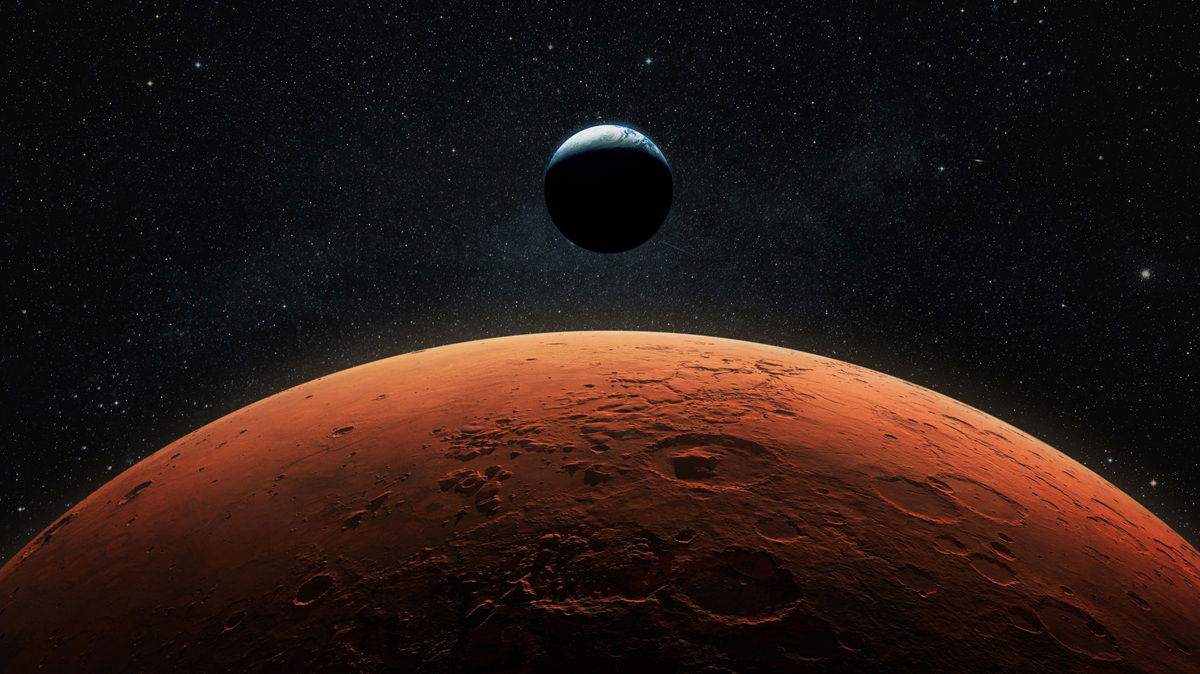NASA may be one step closer to answering one of humanity’s oldest questions: Are we alone in the universe?
A new analysis from the US space agency has revealed what may be the most convincing evidence yet for the possibility of life on Mars. The discovery was made from rock samples drilled by the Perseverance rover. sapphire canyon Fast forward to July 2024, and scientists are calling it a breakthrough.
This recently published study naturewhich indicates that the rock, known as Cheyava Falls, contains potential biological signatures, or traces that may have been formed by ancient life forms. Although not definitive proof, NASA officials say this is the strongest evidence yet that Mars may once have been habitable.
Closest yet to discovering life on Mars
Mars has always been the center of human fascination. Of all the planets in our solar system, it is the one most similar to Earth: rocky, dusty, and probably water-rich in the past. It’s also a place that scientists believe can tell us more about how life begins, thrives, and ultimately dies out.
That’s exactly why NASA sent Perseverance there in the first place. Since landing in 2021, the rover has been exploring Jezero Crater, searching for signs of past life in the ancient river bed and lake formations.
Now, that mission may have paid off. Researchers say the organic compounds found in the Cheyaba Falls sample indicate structures that may have formed through biological processes, which have never been observed so clearly on Mars before.
“This is the closest we’ve ever come to finding life on Mars,” said NASA Acting Administrator Sean Duffy. “The identification of potential biosignatures is a revolutionary discovery that will change the way we understand Mars.”
However, NASA is careful not to make premature claims. The team behind the discovery says that while the evidence is “highly suggestive”, more data is needed to confirm the biological origin.
Young rock, big surprise
Perhaps the most fascinating part of this discovery is that where It was found. The Cheyava Falls rocks belong to one of the youngest deposits ever studied by Perseverance.
Until now, scientists thought that signs of life on Mars were deep within ancient rock formations, remnants of the planet’s earliest wet days. The discovery of potential biological signatures in much younger rocks has completely changed that idea.
This suggests Mars may have been habitable for longer than previously thought, meaning life may have existed later in its history. If true, it could rewrite what we know about Earth’s evolution and perhaps the conditions necessary for life itself.
“This is amazing,” said one of the NASA researchers involved in the mission. “We had expected to find signs of potential life in the ancient strata, but this shows that Mars may be more dynamic and more alive than we thought.”
Why is it more important than ever?
For NASA, this isn’t just about one discovery, it’s about what happens next. Perseverance continues its mission, collecting more rock and soil samples that it will eventually bring back to Earth for analysis. Once they arrive, scientists will have the tools to determine whether the traces are truly biological or simply the result of a chemical process.
Either way, the impact is huge. If life existed on Mars, it would suggest that life may not be unique to Earth and could develop anywhere given the right conditions. And even if the signs turn out to be geological, they could help scientists understand how Mars transformed from a watery planet to the barren desert we see today.
The discovery also confirms why Mars remains a center of our cosmic curiosity. It is the only planet where humans have landed probes, drilled into the surface, and sent data directly back. Each new sample, photo, or analysis adds another piece to the puzzle.
For now, NASA scientists are keeping their feet firmly on the ground. There’s no talk of green aliens or cities buried in Martian dust, just the quiet, methodical excitement of decades of breakthroughs.
But its importance cannot be denied. If these discoveries are confirmed, this could be a moment that changes the way we view our place in the universe.
Until then, Perseverance will continue to move, excavate and dig through the red earth. We continue to search for the one answer we’ve been looking for for generations.








